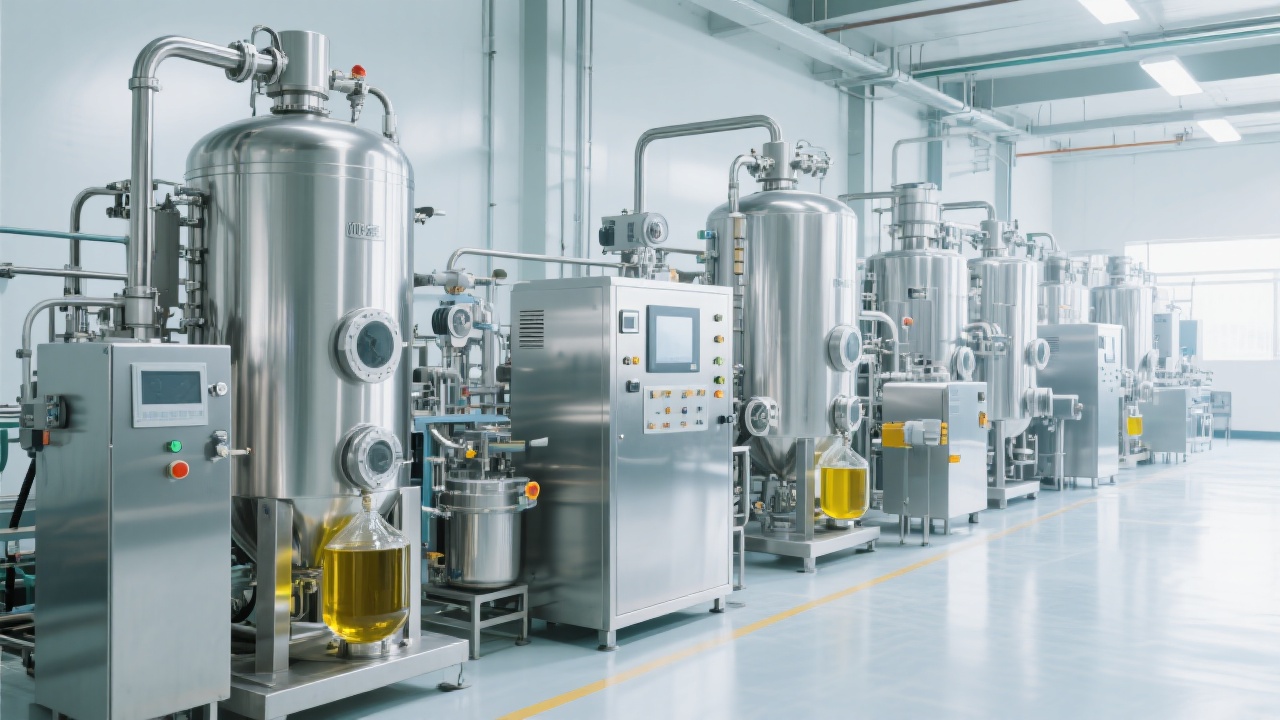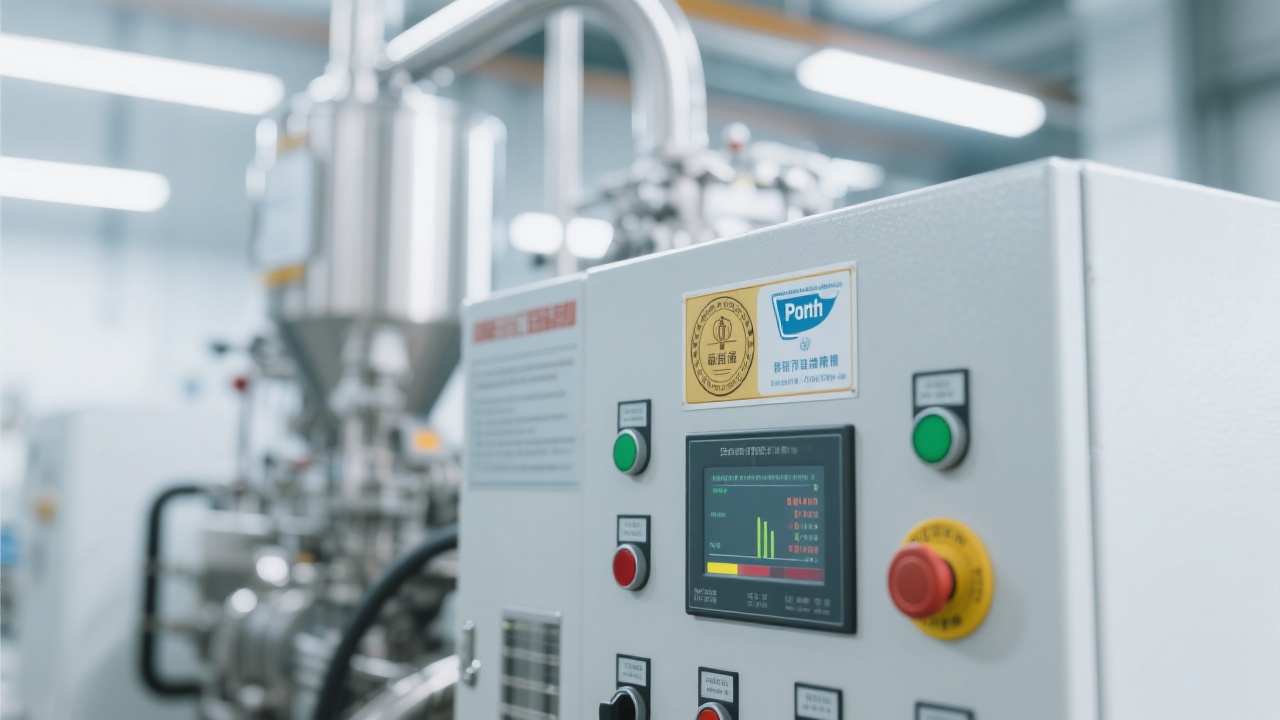
In the realm of edible oil refining, the degumming process stands as a pivotal step that significantly impacts the quality and consistency of the final product. This article delves deep into the precise control of the degumming process, exploring the influence of key variables such as water addition, temperature, stirring intensity, and settling time on degumming effectiveness.
Let's first examine the impact of these core variables. Water addition plays a crucial role in hydrating the phospholipids in the oil, facilitating their separation. Research shows that for most edible oils, an optimal water addition of around 2 - 3% by weight can achieve good degumming results. Temperature also has a profound effect. Generally, a temperature range of 60 - 80°C is suitable for most degumming processes. Higher temperatures can accelerate the reaction but may also cause some negative effects such as oil oxidation. Stirring intensity ensures uniform mixing of water and oil, and a moderate stirring speed of about 100 - 150 rpm is often recommended. Settling time allows the separated gums to sediment, and a settling time of 2 - 4 hours is commonly used in industrial practice.

To ensure consistent degumming efficiency and product quality, establishing a Standard Operating Procedure (SOP) is essential. By referring to multiple real - world cases, we can understand how to create and implement an SOP. For example, in a large - scale edible oil refinery, after implementing an SOP, the degumming efficiency increased by 15%, and the quality consistency of the refined oil improved significantly.
However, there are common pitfalls in the degumming process. Misjudgment of the degumming endpoint can lead to under - or over - degumming. Ignoring raw material differences, such as the high phospholipid content in sunflower oil, can result in suboptimal degumming. Improper equipment selection may cause uneven mixing, affecting the overall degumming effect.
Different raw materials require different degumming strategies. For instance, sunflower oil with its high phospholipid content may need a higher water addition and longer settling time compared to other oils. By analyzing the specific properties of each raw material, refineries can adjust the degumming parameters accordingly to achieve better results.

Modern online monitoring technology, such as conductivity monitoring, has revolutionized the degumming process. Conductivity can reflect the content of polar substances in the oil, which is closely related to the degumming status. By continuously monitoring conductivity, refineries can achieve real - time control of the degumming process, ensuring stable product quality and improving production efficiency. For example, a refinery that adopted conductivity monitoring reduced the degumming time by 20% and improved the oil quality consistency by 25%.
Industry standards and the latest technological trends also play an important role in the degumming process. Staying updated with these can help refineries optimize their operations and improve competitiveness.

When it comes to equipment and technical support, Penguin Group stands out. Their advanced refining equipment is equipped with state - of the - art technology, which can precisely control the degumming process variables. With professional technical support, Penguin Group can help edible oil refineries upgrade their refining processes, achieve intelligent and controllable production, and enhance product quality.
If you are looking to improve your edible oil refining process, especially the degumming process, Penguin Group is your reliable partner. Click here to get professional technical support and a customized quote, and take your refinery to the next level.



